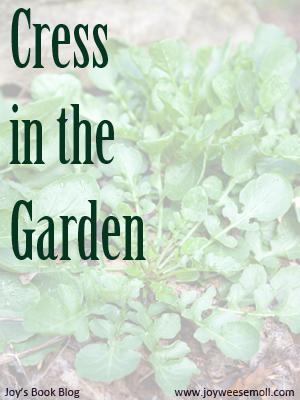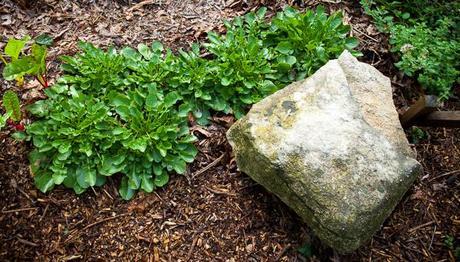 Welcome to British Isles Friday! British Isles Friday is a weekly event for sharing all things British — reviews, photos, opinions, trip reports, guides, links, resources, personal stories, interviews, and research posts. Join us each Friday to link your British-themed content and to see what others have to share. The link list is at the bottom of this post. Lift a pint and join our link party!
Welcome to British Isles Friday! British Isles Friday is a weekly event for sharing all things British — reviews, photos, opinions, trip reports, guides, links, resources, personal stories, interviews, and research posts. Join us each Friday to link your British-themed content and to see what others have to share. The link list is at the bottom of this post. Lift a pint and join our link party!
Last week’s special Independence Day edition of British Isles Friday drew posts and comments about Scottish and American independence, photos of Birmingham, a Harlequin Historical cover reveal, and several book reviews, including The Steadfast Reader’s negative review of The Lion, The Witch and the Wardrobe. And don’t miss the lovely counterpoint guest post on her blog: A Reader’s Retort.

Cress, it turns out, thrives in my Missouri garden. Protected from marauding deer, in moderately improved soil, the cress crowds out weeds with only a little help from some leaf mold mulch. Cress is a tidy garden plant, with a low habit. A drink of water every few days is all it requires.
I harvest its leaves along with lettuce and spinach for salads most nights. The strong peppery taste of cress contrasts nicely with the more delicate flavors, creating salads with pizzazz.
When I mentioned on a public forum that I didn’t know exactly what one does with cress, a British friend replied “egg and cress sandwiches.” A search on Pinterest netted this post from Miss Sue Flay on How To Make The Perfect Egg & Cress Sandwich.
I haven’t tried that, yet, but I did make a very Americanized version: Fried egg over-easy, a little mayo (no butter), and cress, on a grainy bread with the crusts very much intact. I didn’t even cut it in half because it would have made a mess of the yolk.

My little patch of cress
When I finally got around to looking up cress in my gardening books, I learned that I’ll want to pull these plants up soon. Like lettuce and spinach, garden cress gets bitter in the heat, according to Guide to Missouri Vegetable Gardening by James A. Fizzell. I imagine that a cooler climate allows British gardeners to grow garden cress through the summer. I’ll have another chance, later in the year, to grow a fall crop since it grows so quickly.
Both The Vegetable Gardener’s Bible by Edward C. Smith and The Garden Primer by Barbara Damrosch suggest succession planting of cress. When the plants reach about 6″ tall, cut the whole plant with scissors. I’ve been using the cut-and-come-again method, but I may try succession planting in the fall because Smith says, “With cress, harvesting young pleases the tongue.” (p. 235)
Cress will also be a good choice if I manage to make a winter garden this year with the aid of cold frames or poly tunnels.
Cress by Marissa Meyer is on my top ten list of books read so far this year. It’s a retelling of the Rapunzel story. Rapunzel is also a green, but in a different family from cress. I most commonly see it called mâche in seed catalogs and, occasionally, at the Farmers Market.
You might also be curious about water cress. That’s in a different genus that grows (sometimes as an invasive) in cold springs. Both water cress and garden cress are in the Brassicaceae family along with mustard, kale, and cabbage.

If you enjoyed the garden photos, I’ll post more tomorrow for Saturday Snapshots.
